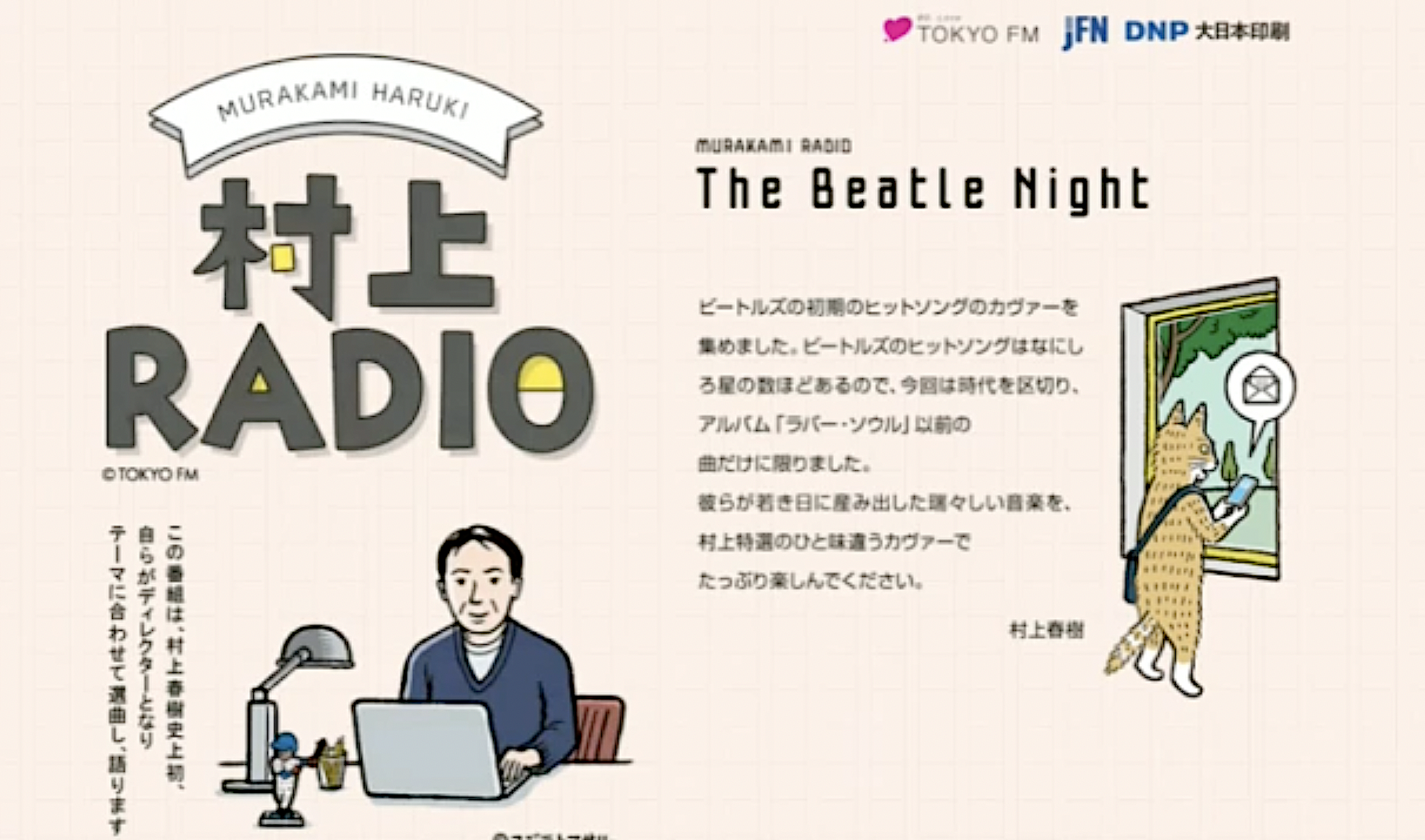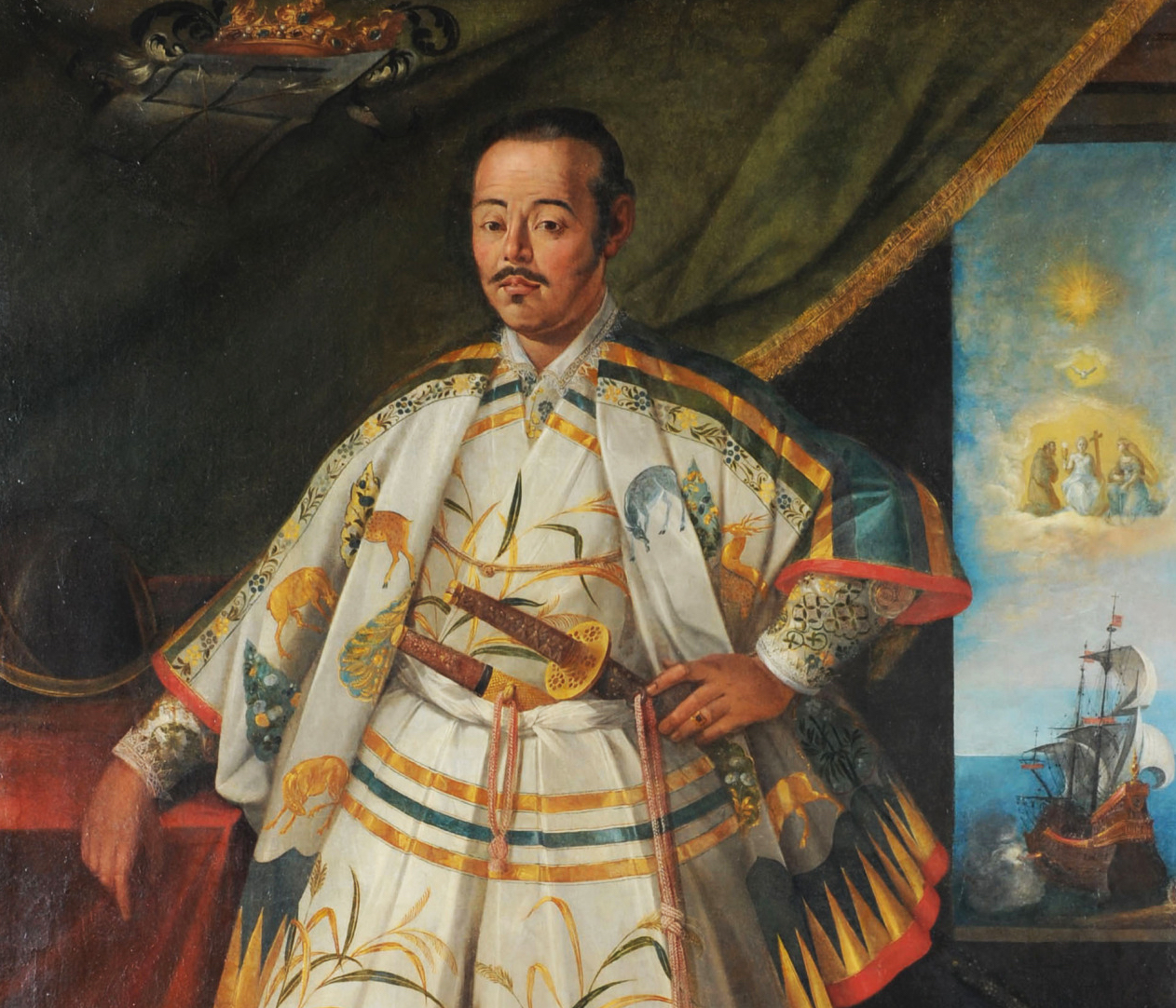In its nearly eight-hour runtime Peter Jackson’s new documentary series The Beatles: Get Back offers numerous minor revelations about the world’s favorite band. Among the filmmaker’s avowed aims was to show that, even on the verge of acrimonious dissolution, John, Paul, George, and Ringo enjoyed stretches of productiveness and conviviality. Much else comes out besides, including that the catering at Apple Corps headquarters was miserable (amounting most days to toast and digestive biscuits) and that, even amid the excesses of the late 1960s, the Beatles dressed more or less respectably (apart, that is, from George’s occasionally outlandish choices of outer- and footwear). But it also lays bare exactly how they created a song.
The Beatles went into these sessions with little material prepared. All they knew for sure was that they had to come up with a set of songs to be recorded live, without overdubs, in order to “get back” to the simplicity that had characterized their process before such aesthetically and technically convoluted albums as Revolver and Sgt. Pepper’s Lonely Hearts Club Band. These they would then perform in a concert film. The whole project was undertaken with what Rolling Stone’s Rob Sheffield calls a “magnificent arrogance. In a way, that’s what helped keep them together, through all their ups and downs. Without that level of arrogance, there’s no way an adventure as admirably daft as Get Back could happen in the first place.”
Somehow, to the very end, that arrogance always proved justified. For much of Jackson’s Get Back, the Beatles appear to be just screwing around, cracking jokes, drinking tea and beer, and launching into abortive performances in cartoon voices. And that’s when everyone shows up. “Lennon’s late again,” says Paul in the clip above. “I’m thinking of getting rid of him.” But instead of nursing resentment for his unpredictable musical partner, he sits down and starts playing. His first chords will sound familiar to any Beatles fan, though they belong to a song that doesn’t yet exist. Paul then adds to his strumming a bit of mostly non-verbal vocalization, which soon coheres into a melodic line: we (and a yawning George) are witness to the birth of “Get Back.”
During the lifetime of the Beatles, Paul seems to have been the most productive member. Even since the band’s end half a century ago, music has continued to flow unimpeded from his mind, shaped as if by pure instinct. In that time it has become ever more well-documented that he motivated the group to work, especially after the death of their manager Brian Epstein in 1967. While Get Back attests to a certain overbearing quality in his attitude toward the other Beatles, it also shows how McCartney’s hardworking-yet-freewheeling example encouraged each of them to express his own particular genius. When George gets stuck on the end of a lyric, for example, he, too, simply sings whatever comes to mind. Hence the temporary line “Something in the way she moves / Attracts me like a pomegranate” — and we all know how that tune eventually turned out.
Related Content:
Chaos & Creation at Abbey Road: Paul McCartney Revisits The Beatles’ Fabled Recording Studio
Based in Seoul, Colin Marshall writes and broadcasts on cities and culture. His projects include the book The Stateless City: a Walk through 21st-Century Los Angeles and the video series The City in Cinema. Follow him on Twitter at @colinmarshall or on Facebook.




